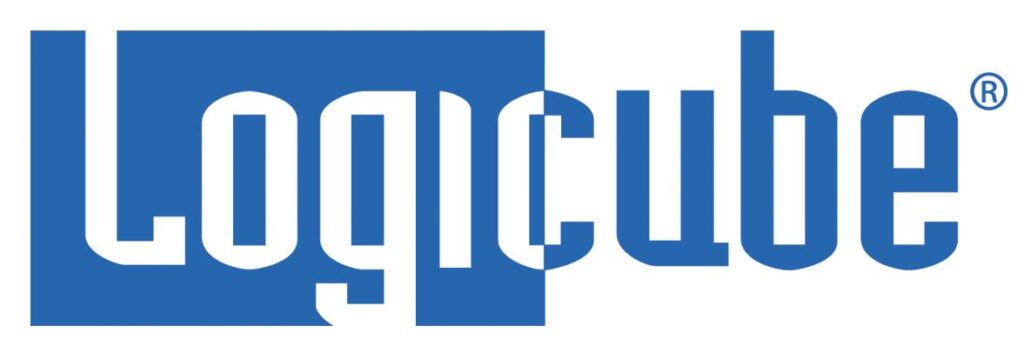We held our first ever security and Internet of Things event back in May. The Security of Things Forum took place in Cambridge, MA (“Our Fair City”) on May 7 and brought together about 100 thought leaders and entrepreneurs for a day of discussion and debate about how best to prepare for the explosion of connected devices in the enterprise, the home, the public sector and public spaces. Since then we’ve made a couple of these sessions public: the keynote presentation by In-Q-Tel CISO Dan Geer, and a panel on enterprise risk and IoT, chaired by INEX Advisors’ founder Chris Rezendes. Attendees have had access to all the sessions, as well. But now we’re throwing the doors open to the public and making all the conference sessions available to the public, as well as some 1:1 interviews with our speakers. We invite you all to head on over and check […]
Tag: software
Essentials for Visibility-Driven Security
Visibility is surprisingly tricky. The security industry offers many disparate tools to provide customers “visibility” into what is happening on their networks. Among them are tools that track what applications are on the network, tools for enumerating and tracking software vulnerabilities, tools for determining when sensitive data has left a network, tools that indicate when attacks are underway and tools that identify and analyze network data flows – to name just a few. Of course, layered on top of all this “visibility” are further systems that correlate and analyze what the mission-specific tools are seeing. Promises of a “single pane of glass” aside, the result is often a mishmash of data and events that require skilled security practitioners to analyze and interpret. The mishmash, in turn, leads to errors in analysis and prioritization. Albert Einstein famously said “Any fool can know. The point is to understand.” So it is in the information security industry, where a common refrain is “you can’t protect […]
Is IoT Innovation Outpacing Our Ability To Keep It Safe?
GigaOm has an interesting, high-level piece that looks at the issue of law, liability and the Internet of Things. The article takes off from a discussion at the Download event in New York City earlier this month, wondering whether adoption of Internet of Things technologies like wearables is starting to run far ahead of society’s ability to manage them. Specifically: is the pace of technology innovation outstripping the ability of our legal system to reign in excess and protect public safety and civil liberties? On the list of ‘what-if’s’ are some familiar questions: How to assign liability. (“If one of Google’s automated cars crashes, is it the fault of the driver or Google?”) Read more Security Ledger coverage of Internet of Things here. What responsibility to users have to take advantage of safety features in connected products? (Does a parent’s failure to password-protect a baby monitor change the manufacturer’s liability when and […]
Convergence of M2M and IoT signals Major Cultural Shift
Required reading for Monday: TechCrunch has a nice little explainer article by @ArtyomAstafurov (of DeviceHive) that talks about the evolution of machine-to-machine (M2M) technologies into the Internet of Things and how the two technology trends are now indistinguishable- and are poised to cause large-scale disruption. To quote Astafurov: “IoT separates itself from M2M not only in the simplicity and quantity of devices involved, but also by how the devices communicate with each other…Whereas M2M tends to rely on point-to-point exchanges between individual devices, IoT communications involve dispersed devices sharing data through a central server, resulting in exponentially more data based on the relationships and patterns that emerge.” And the IoT will drive massive investment in products and technologies that can capture, aggregate and analyze consumer data. This will be akin to the kind of investment corporations put into ERP (enterprise resource planning) tools a decade ago, he says. Though the focus of IoT right […]
AllSeen Alliance Announces Smart Lighting Framework
Smart lightbulbs aren’t anything new. In fact, products like the Philips Hue bulb have been in the market for years. The devices, which typically couple a standard incandescent or CF bulb with a wireless transmitter, allow lights to be managed via mobile device and also respond to environmental changes monitored by other sensors. But – as with much of the Internet of Things – each family of smart bulbs is something of an island: interacting- and communicating mostly with other smart home products from the same manufacturer. That’s good for the lightbulb maker, but bad for smart home advocates, see out-of-the box connectivity across product silos as a precursor to broad adoption of smart home technologies. It’s also been the case that the products that have been released have often fallen short in areas like security. In August, 2013, security researcher Nitesh Dhanjani disclosed a proof of concept hack […]






